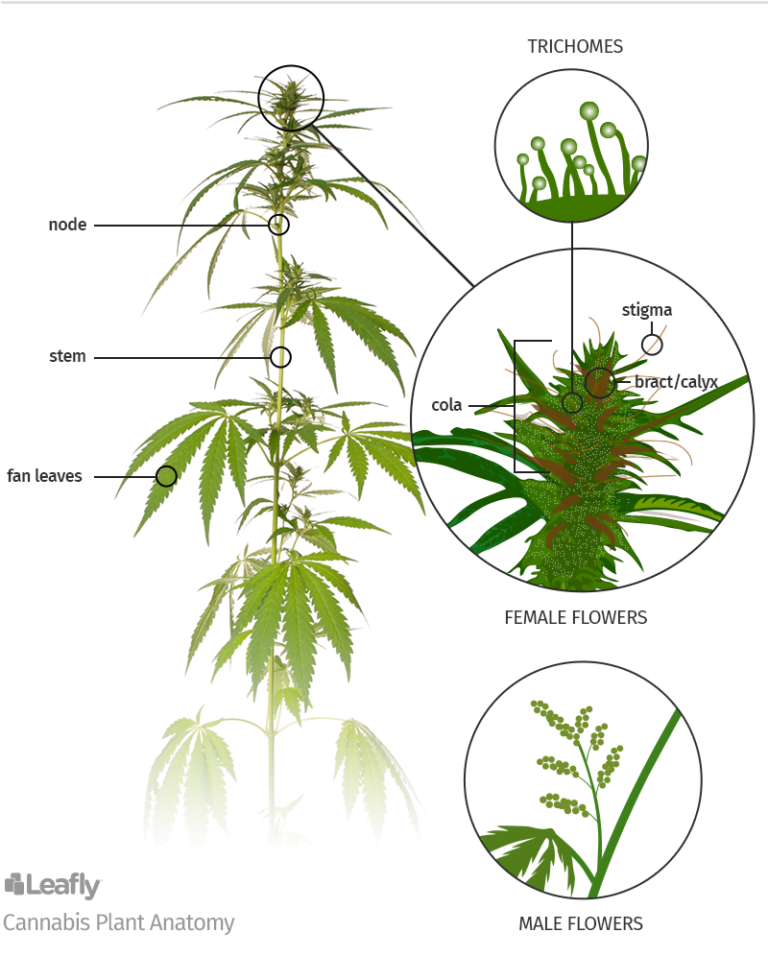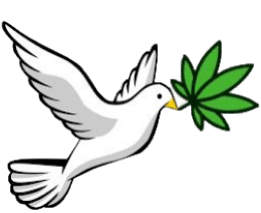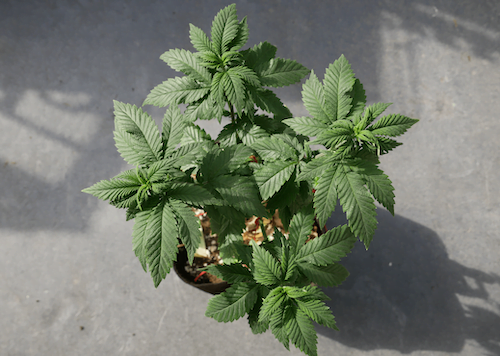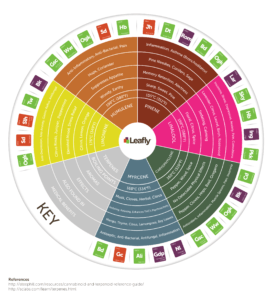Calyx
In botany, the calyx is a cluster of leaves that surrounds the bud or flower. Observe a hemp plant, and you’ll find that the calyx is the first part that forms before the formation of a flower.
So, why do retailers so often talk about thick, dense calyxes and why is it important? Well, the calyx is where you’ll find the trichomes – the tiny, fuzzy, white hairs that cover the hemp plant’s leaves. These trichomes are responsible for the production of sticky resin, which is basically where the cannabinoids can be found.















